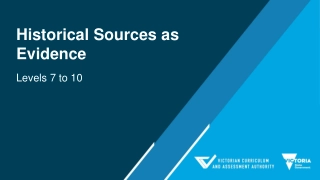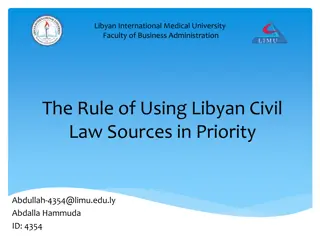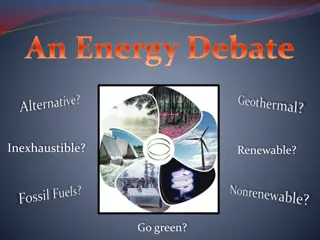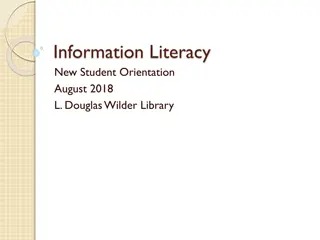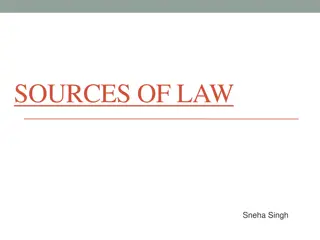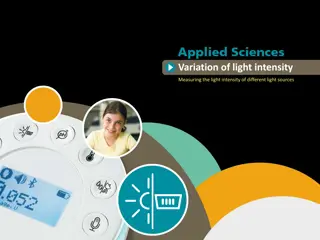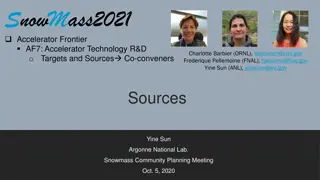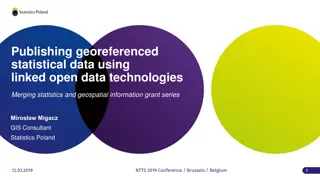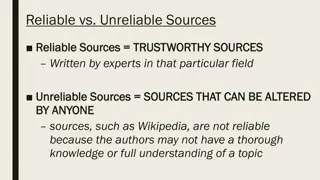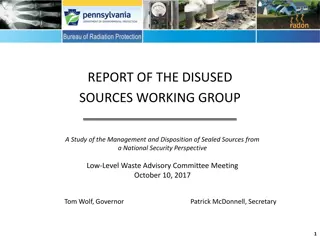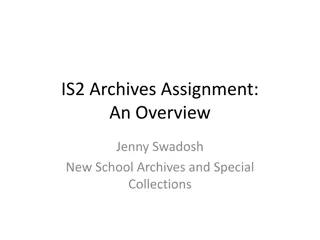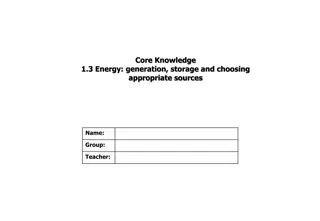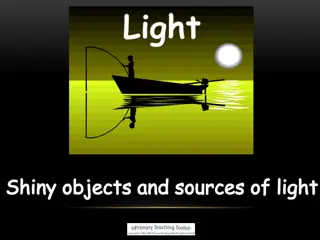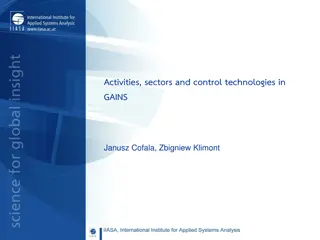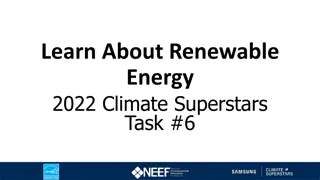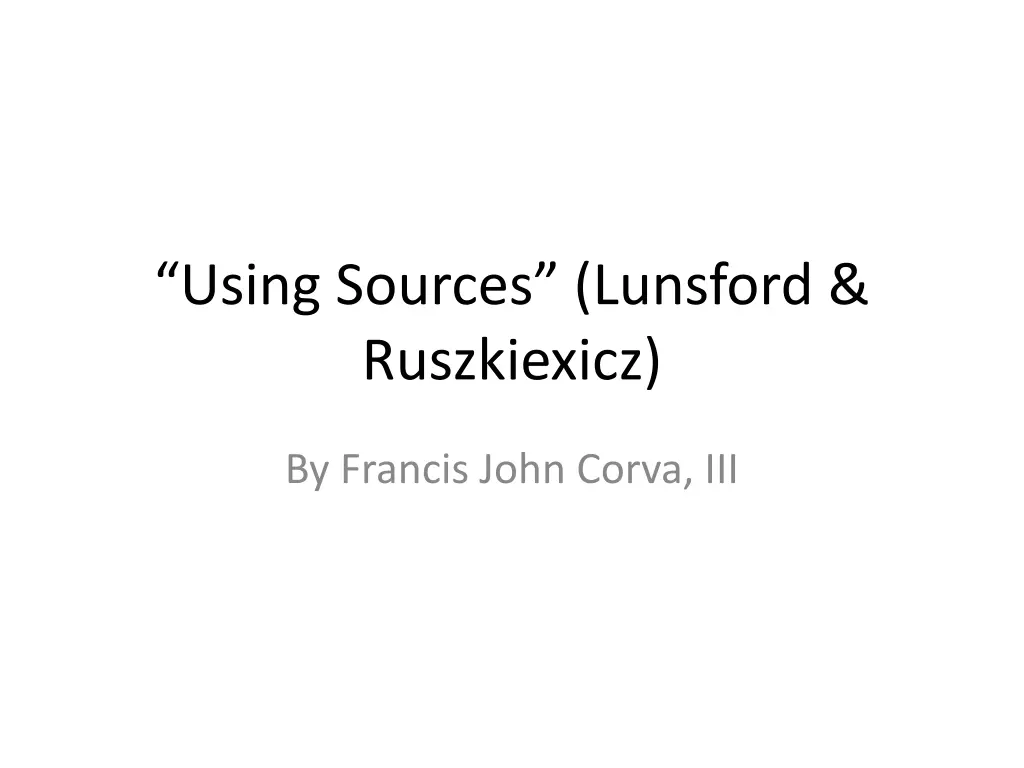
Mastering Information Synthesis Techniques
Learn essential strategies for managing attention, building critical arguments, synthesizing information, paraphrasing effectively, summarizing objectively, and knowing when to quote sources. Enhance your research and writing skills with valuable insights.
Download Presentation

Please find below an Image/Link to download the presentation.
The content on the website is provided AS IS for your information and personal use only. It may not be sold, licensed, or shared on other websites without obtaining consent from the author. If you encounter any issues during the download, it is possible that the publisher has removed the file from their server.
You are allowed to download the files provided on this website for personal or commercial use, subject to the condition that they are used lawfully. All files are the property of their respective owners.
The content on the website is provided AS IS for your information and personal use only. It may not be sold, licensed, or shared on other websites without obtaining consent from the author.
E N D
Presentation Transcript
Using Sources (Lunsford & Ruszkiexicz) By Francis John Corva, III
Infotention infotention a mind-machine combination of brain-powered attention skills and computer- powered information filters Managing our attention when it comes to finding and processing information can be challenging How do you manage your attention when researching?
Building Critical Mass Don t rely on circumstantial evidence alone You should have clear-cut evidence from texts to support your argument If you do not, then modify the argument (Don t assume that your initial position is always correct)
Synthesizing Information This is one of the most important skills you can learn as a writer/rhetor Let s say you are going to work in business or law. How might being able to synthesize information important?
Synthesizing Information Look for common patterns, themes, and other commonalities in your sources Begin by summarizing sources See points on p. 182 Picture yourself as the conductor of an orchestra of information The least effective academic papers are those that mechanically walk through a string of sources
Paraphrasing paraphrase put author s ideas including major and minor points into your own words and sentence structures, following the order the author gave them in the original piece See points on p. 183 See paraphrase on p. 184 Paraphrasing is for the essay; summarizing is for your annotated bibliography
Summarizing In your annotated bibliographies, your summaries should be 3-5 sentences long Summaries are objective, which means they do not include your opinion See points on pp. 184-185
When to Quote quote reproduce the author s exact words Below are situations in which including a direct quote is good when the wording expresses a point so well that you cannot improve it or shorten it without weakening it when the author is a respected authority whose opinion supports your own ideas powerfully when an author or authority challenges or seriously disagrees with others in the field See points p. 186-187 Consider charts, graphs, and images as direct quotations (though, if you use them in this essay, you will have to put them in an appendix)
Signal Words/Verbs I have said this repeatedly in class quotations need to be introduced. They cannot stand alone if unless they follow a previous sentence in which a quote was introduced. Which of the examples below is correct and why? Chemicals are unsafe for consumption, Smith warned. They will do danger to your stomach. Chemicals are unsafe for consumption. They will do danger to your stomach. (Smith) See examples on pp. 187-188
Using Sources to Clarify & Support Sources should help to: Establish context Put your argument in perspective Review the literature on a subject The literature = what professional researchers in the past have published on a subject Introduce a term or define a concept When introducing a non-everyday term, explain what it means to the audience Present technical material Similar to above; explain technical material to the audience Develop or support a claim We did this in our rhetorical analysis essays Highlight differences or counterarguments This is elemental to the process
Avoid Patchwriting patchwriting stitching together material from Web or other sources without properly paraphrasing or summarizing and with little or no documentation See examples on pp. 192-193

